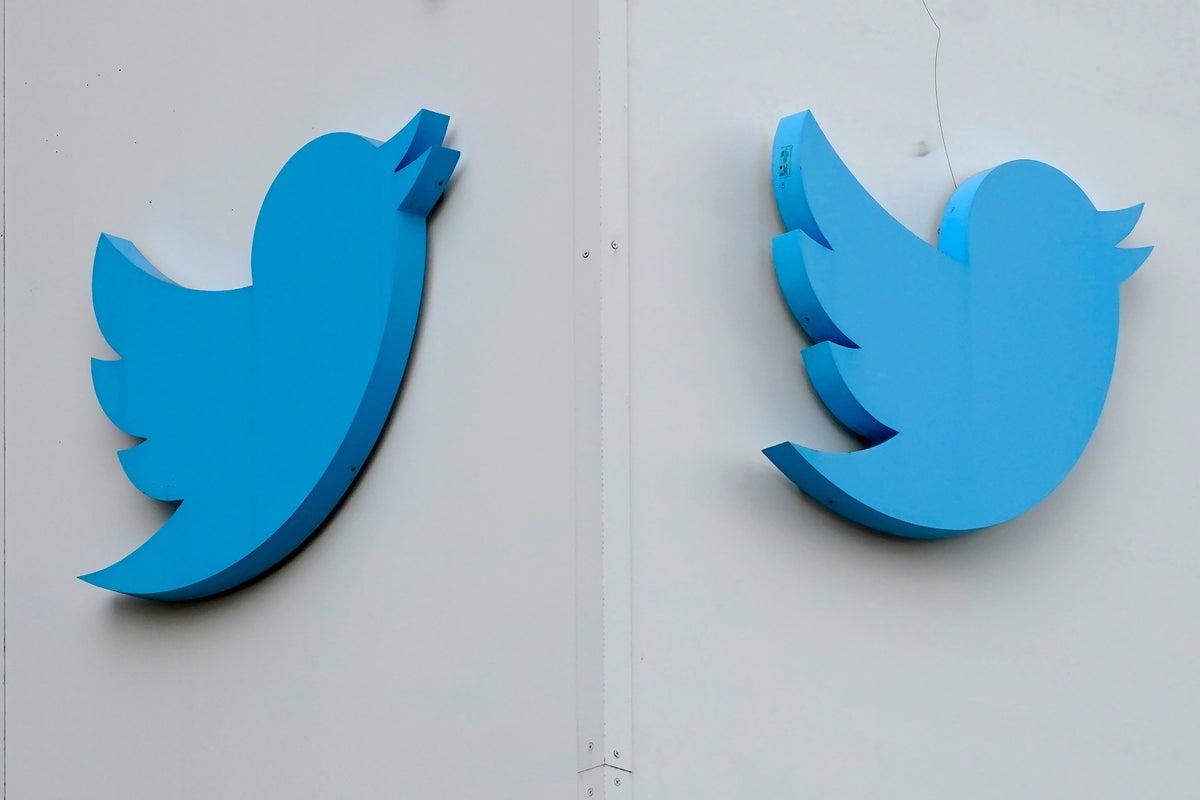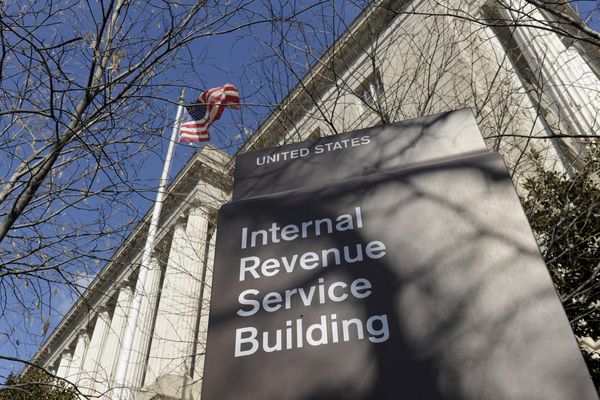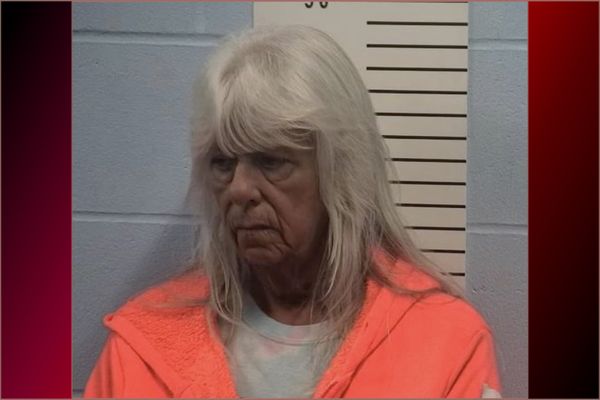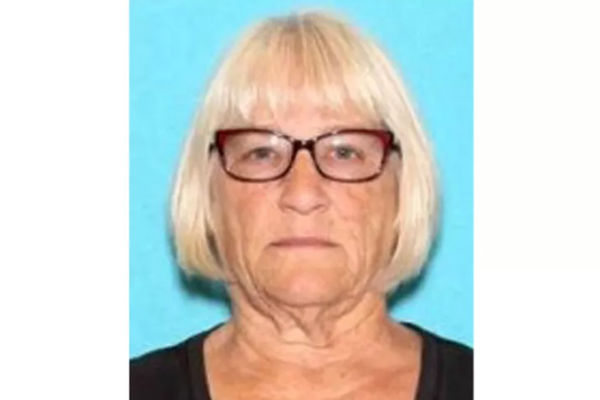
Australia’s online safety watchdog has issued a legal notice to Twitter demanding an explanation of what the social media giant is doing to tackle a surge in online hate since Tesla CEO Elon Musk bought the platform.
Australia’s eSafety Commission describes itself as the world’s first government agency dedicated to keeping people safer online. The agency said Thursday that it received more complaints about online hate on Twitter in the past 12 months than any other platform and had received an increasing number of reports of serious online abuse since Musk took over the company in October.
The Australian agency’s boss, eSafety Commissioner Julie Inman Grant, said she sent a notice to the San Francisco-based company Wednesday with 36 detailed questions on how Twitter's policies about hateful conduct are enforced.
If Twitter does not respond with factual and truthful responses to all questions within 28 days, an Australian judge could fine the company up to 700,000 Australian dollars ($476,000) for every day of delay, Inman Grant said.
“The whole idea of the basic online safety expectations is that global companies like Twitter are enforcing their own policies … and that they’ve got people and technology to keep their platforms safe,” Inman Grant said.
“They have a Hateful Conduct policy that says you may not directly attack other people on the basis of race, ethnicity, gender, etc., and I want to know if fundamentally they are enforcing this policy and how effectively they are doing so,” she added.
Twitter did not immediately respond to a request for comment Thursday.
The eSafety notice followed Musk's announcement in November that he was granting “amnesty” for suspended accounts. This led to 62,000 banned or suspended users being reinstated to the platform, including 75 accounts with more than 1 million followers each, eSafety said in a statement.
Twitter’s global workforce had been slashed under Musk from 8,000 employees to 1,500, with trust and safety teams shed. Twitter had removed all public policy staff from Australia.
Inman Grant said Indigenous Australians, disabled people and those who identify as LGBTQ+ experience online hate at double the rate of other Australians.
“A third of all reports into our office of online hate are coming from Twitter. It’s been a huge surge since October '22 when Elon Musk took over," Inman Grant told Australian Broadcasting Corp. "Twitter has always been fiery in terms of discourse, but it’s turned into an absolute bin fire.”
“A lot of the changes to the algorithms have made people feel like you see more toxicity, much more coarse discourse. But without lifting the hood and using these transparency powers, we really don’t know what’s happening and this is where we’re trying to get to the bottom of things,” she added.
Australians are not alone in their increasingly hostile experience with Twitter. American advocacy group GLAAD said last week that all major social media platforms do poorly at protecting LGBTQ+ users from hate speech and harassment. But Twitter was the worst.
In its annual Social Media Safety Index, GLAAD gave Facebook, Instagram, TikTok, YouTube and Twitter low or failing scores, saying the platforms don’t do enough to keep their users safe. That said, most improved from a year ago.
Twitter was the only exception. GLAAD’s scorecard called it “the most dangerous platform for LGBTQ people” and the only one that saw its scores decline from last year — to 33% from 45% a year ago.
British rights group Center for Countering Digital Hate found instances of racial slurs on Twitter soared immediately after Musk bought the company.
A racial epithet used to attack Black people was found more than 26,000 times in the week following Musk’s takeover — three times the average for 2022, the center found.
The center also found users who pay for a Twitter Blue Check seemed to enjoy a level of impunity from the platform’s rules on online hate.
Inman Grant chairs the Global Online Safety Regulators Network, which was formed with British, Irish and Fijian online harms regulators in November to coordinate on online safety issues. Each of the 27 European Union states will soon have its own online harms regulator.
Inman Grant said Australia was discussing with other national regulators sharing information and how they might take joint regulatory actions.
“We will be working with other governments to make sure that we’re shining a spotlight on these companies and getting them to improve their standards in doing the right thing,” she said.







